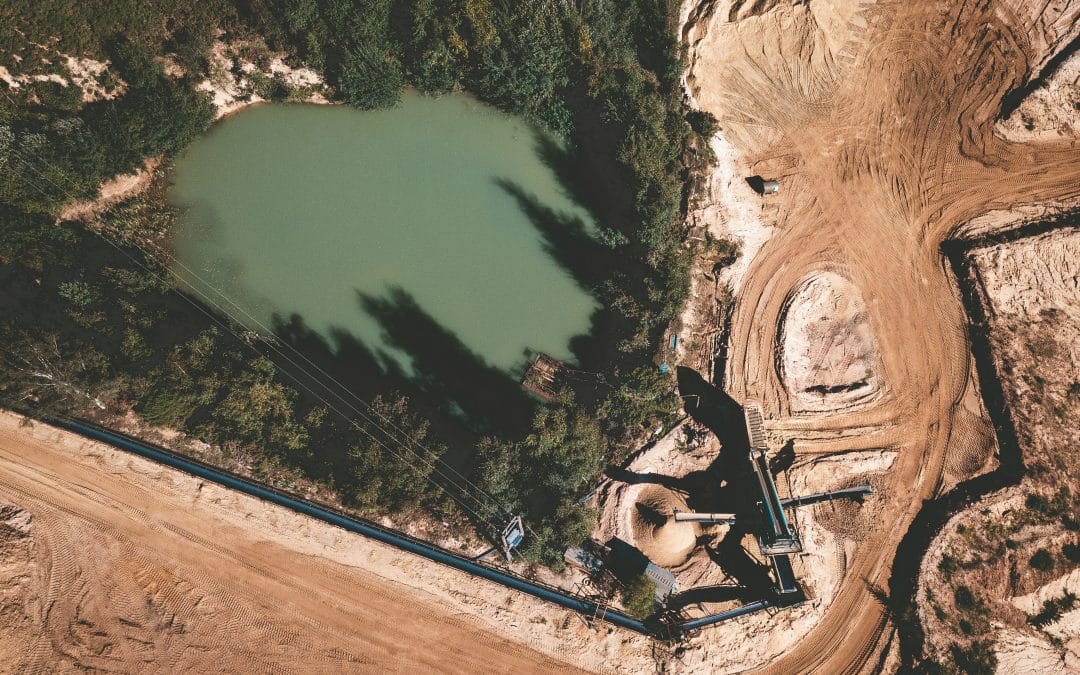Erosion and Sediment Control Plan(s) (ESCP) are required as part of the permitting application, through the BC Ministry of Energy, Mines and Petroleum Resources and are regulated under the Mines Act and the Environmental Management Act. There are two different groups of mine permitting in BC, major mines and regional permits. The Ministry of Energy, Mines and Petroleum Resources regional office manages applications for smaller-scale industrial minerals mines and aggregate pits/quarries. Technical Guidance 3 of the Environmental Management Act, “Developing a Mining Erosion and Sediment Control Plan” provides guidance on ESCP requirements.
An Erosion and Sediment Control Plan is a plan to mitigate erosion and sediment runoff to ultimately reduce adverse environmental effects of land disturbing activities through various erosion and sediment control measures that ensure particulates from mine sites do not impact the surrounding environment. These plans are to be prepared by a Qualified Professional, approved by the regulators, and implemented by the mine developers.
The most effective strategy in sediment reduction is controlling erosion within active areas by focusing on source control which results in sediment mitigation measures being significantly reduced or unnecessary.
Keystone Environmental recently developed an ESCP for a small mine in British Columbia that focused on reducing sources of sediment from storm water runoff, through the active excavation areas and seepage through the temporary product stockpiles at the staging area. As part of the Erosion and Sediment Control Plan, the upgradient extent of the mining area was bermed to reduce overland flow to the excavation and silt fencing was installed around the perimeter of the staging area stockpile. By implementing sediment control measures and diverting clean runoff away from exposed soils, the design (sizing) of the on-site sediment ponds could be reduced, resulting in a smaller footprint, less maintenance, and reducing the cost associated with it.
The ESCP used Best Management Practices (BMPs) in the planning and considerations for this small mine to reduce impacts on the environment, and included:
- Where possible, in areas with moderate to high erosion potential, avoid soil disturbance during very wet weather.
- Minimize disturbance whenever possible in sloped areas.
- Cover exposed soils with appropriate material as interim measures to control erosion.
- Re-contour and reseed/plant exposed project areas with a suitable cover crop to stabilize the soil and facilitate a return to its natural vegetated state.
- Stockpile erosion and control materials available on the site, such as sediment fencing, stakes, and erosion control matting in the event that additional erosion and control measures are required.
As part of the ESCP and after implementation of the BMPs, a sampling and monitoring plan included verifying that the erosion and sediment control measures were implemented and are functioning at a level equivalent to the best available technology. It also included contingency measures in the event that the proposed measures are not adequate.
For assistance on developing your own Erosion and Sediment Control plan or for more information, contact us.

